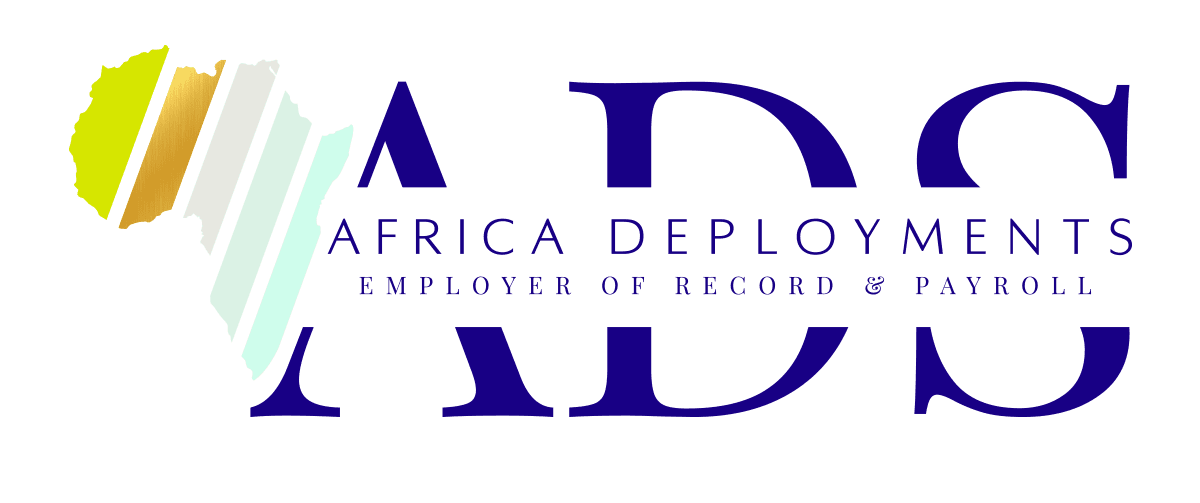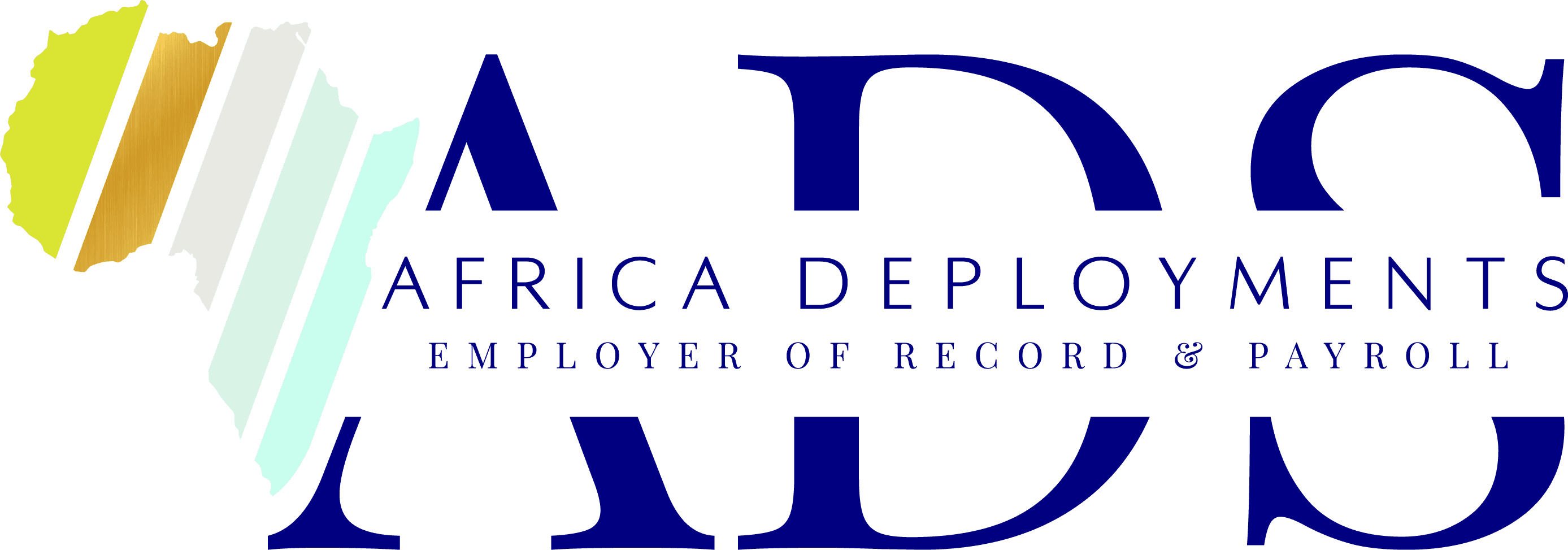
Nigeria: A Massive Electricity Supply Problem, Brave Decisions & Small but Innovative Successes
A more than daunting power supply problem…
Let’s start with the facts. There are various estimates of Nigeria’s true population count, but it must be around 220 million – the largest market by population by far in sub-Saharan Africa. An installed electricity supply capacity of some 12 500 megawatts but production that varies between 4 000 MW and the 7 500 MW that were registered in 2022. Most of it from thermal and hydro. And an estimated 92 million people without access to electrical power.
But that is the formal, on-grid sector. What about the less formal, off-grid scenario? Nigerians are forced to face the power supply problem every day, especially in the rural and semi-urban areas. The big cities such as Lagos and Abuja are better off. The throbbing of diesel generators is heard everywhere from the back areas and yards of offices, retail and residential complexes, and homes. No-one can say how much diesel is burnt every day, but the consumption is undoubtedly enormous. Solar solutions are utilized in the interior states where the sun shines more. Nigeria has huge gas resources but their utilisation is stymied by the lack of piping and other infrastructure.
The power dies as I get into my hotel lift. I have to wait a few minutes until the generator kicks in. The manager apologizes and says that the power supply is a major headache and expense for him in running his establishment.

But the country gets brave and takes the privatization plunge…
In my power-stricken South Africa, there is so much talk about splitting our Eskom utility into generation, transmission, and distribution. Well, the Nigerians did it a few years ago and perhaps we could learn a few things.
In November 2013, the federal government took the brave step of privatizing generation and distribution. Companies entered into partnerships with government, and became generation companies or ‘GenCos’ and distribution companies or ‘DisCos’. Six of the first and eleven of the second spread throughout much of the vast country. Transmission is a state asset and remained public domain as the Transmission Company of Nigeria. Another innovative creation was the establishment by an act of law of Nigeria Bulk Electricity Trading Plc or NBET. Its purpose is to manage the power pool and procure bulk supply from the GenCos and independent power producers for resale to the DisCos through power purchase agreements. And all overseen by the Nigerian Electricity Regulatory Commission.
Very ambitious, and bound to roll out on a rocky road! Among the major difficulties is the lack of a cost-reflective tariffs, and this has led to major financial difficulties – especially for the DisCos, who were meant to run at least on a moderate revenue stream. Electricity theft and the lack of sufficient and effective metering are further problems for them. The spread of electricity supply is also lopsided, with the bulk of installations in the south and the less populated north less served.
But some innovative power supply successes…
“Don’t underestimate the Nigerians. They’re well-travelled and worldly and damned clever. They know how to make a plan.” During one of my first visits, the words of an English expat who had spent many years living and working in Nigeria.
In 2018, I led a business mission to Nigeria to investigate and identify opportunities in the country’s power sector. One of the best of our many meetings was with the Rural Electrification Agency in Abuja. The REA’s formal mission is to promote and facilitate energy access for productive uses in rural areas and to enable access to reliable and affordable electric power. It is a key institution in that it also examines and adopts renewable energy technologies and is implementing mainly solar-based mini-grids in various areas of the country. It plays a catalytic role in the off-grid market by increasing power access to underserved communities as well as rural dwellers. At the time of my visit, it had completed 54 projects. It collaborates with the private sector and is helping to implement the business-driven Nigeria Electrification Project. In 2022, there were media reports that the REA had brought power to five million people.
During the same mission, we had the good fortune to be granted a visit a privately-run power station in Lagos’ upmarket Lekki area. The plant had a capacity of 6,5 MW with 2 MW from diesel and 4,5 MW from gas. The gas and diesel feedstock is trucked in. The station had space for additional units and was scheduled to be expanded. The customers were a conglomeration of factories, retail centres, schools, clinics, and homes in a specifically-identified target area in Lekki. The tariff paid was negotiated and agreed with the client base and was considerably higher than the usual lower ‘social’ tariffs levied in the on-grid sector. This enabled higher revenue for the operator and rendered the project financially feasible.

Nigerian ingenuity and entrepreneurship makes the off-grid sector particularly interesting…
The high demand for electric power by the population and the liberalization of the sector equates to sound business opportunities in the off-grid sector for Nigeria’s traditionally strong entrepreneurial class. The conglomeration of off-takers or customers in specific areas and the possibility of reasonably elevated pricing is a feasible strategy. Such mini-grids that use hybrids of fuel and renewable energies such as solar and gas are being established all over the country. Big electricity users such as hospitals and university campuses also constitute major clients for private power suppliers.

Lessons to be learned from the Nigerian experience…
Nigeria is drastically short of electric power but its efforts to reduce the problem are worthy of study by any governments grappling with a power crisis or even power shortages.





